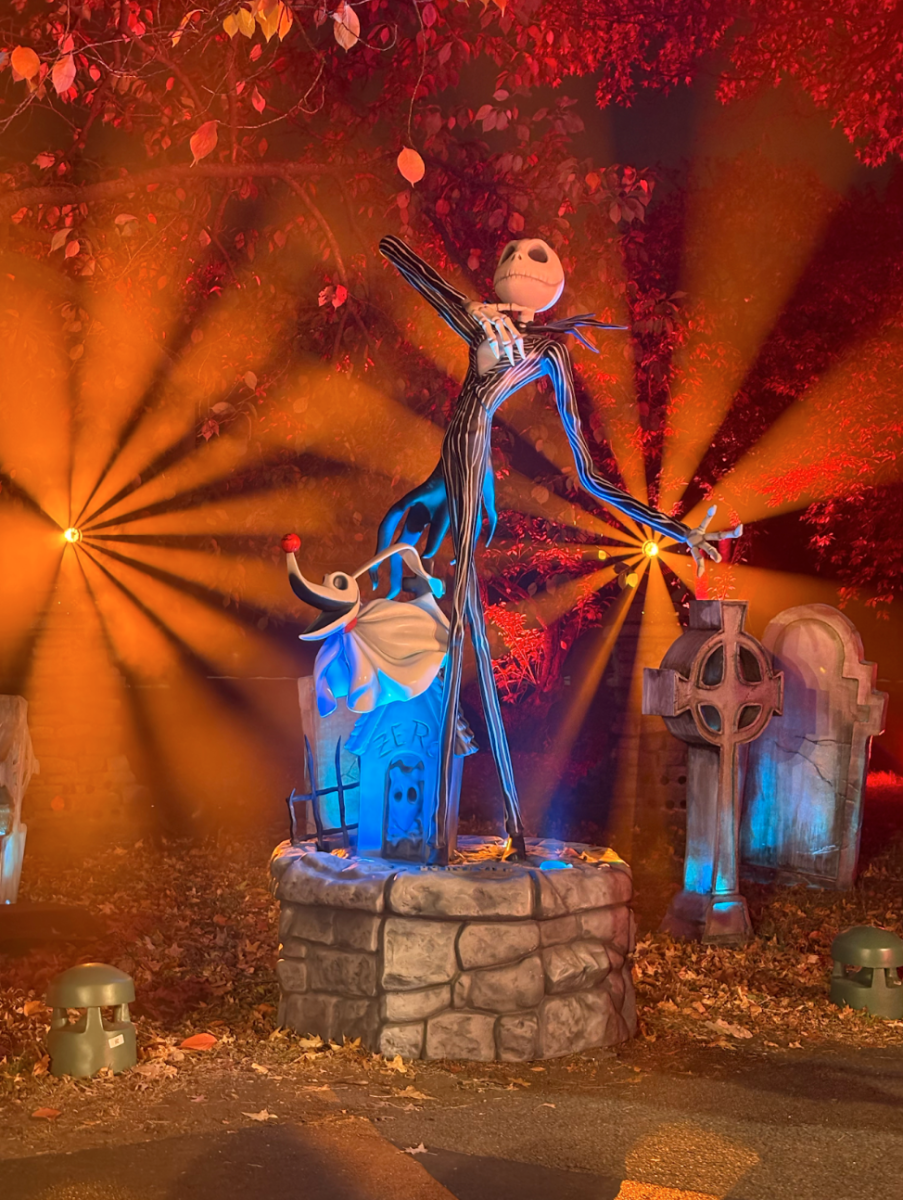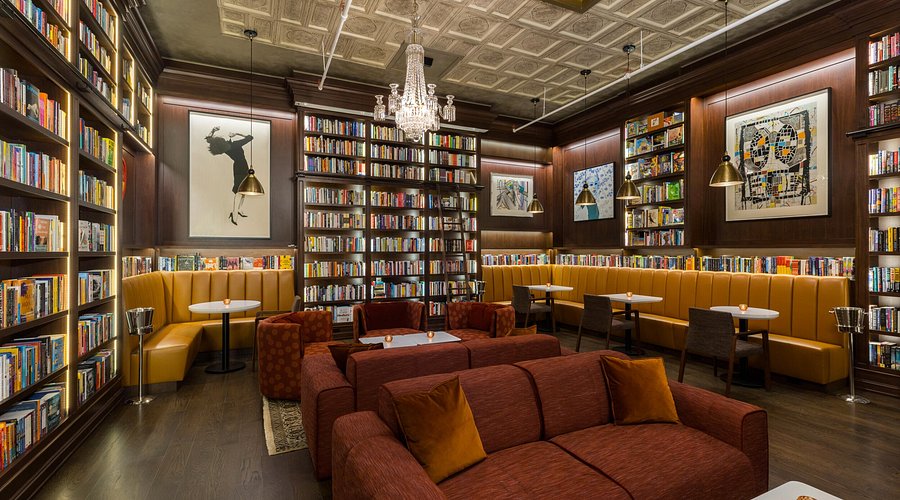By DANIEL FINNEGAN

In 1994, three best friends from Montreal named Shane Smith, Suroosh Alvi and Gavin McInnes bought out a government-funded magazine, Voice of Montreal, which intended to provide work and promote community service. The three friends, after dropping the original publisher, changed the name to Vice, intending to focus on independent arts and pop culture matters. Less than 20 years later, Vice boasts over 900,000 readers and operates in over 30 countries.
Considering the origins of the magazine and the name change to Vice in 1996, it was not until 1999, when they moved their headquarters to Williamsburg in Brooklyn, that the magazine began to gather a large following.
Originally only a monthly newsprint notorious for its vulgar and subversive content, following their move to New York, Vice began covering more serious news topics, while championing an “immersionist” style of journalism. While many worried the transition would alienate its young and rebellious fan base, readers soon fell in love with their “Do It Yourself” journalistic style, which Vice is now known for, viewing it as an alternative to the standard routines of traditional news outlets. From an in-depth look into Islamic extremism in Libya, or a visit into the drug dens of Colombia, Vice continually explores areas of the world that do not receive honest and unbiased reports, through both their magazine and through their immensely popular web channel.
While Vice had already expanded its magazine to an online format, it became increasingly clear to CEO Shane Smith that videos were going to be the next step in the Internet revolution. In 2007, Vice released a documentary through their film production company, titled Heavy Metal in Baghdad, a huge success at the Toronto International Film Festival. The win marked a shift in identity to film journalism. They also launched a web channel in 2007 called VBS.tv (Vice Broadcasting System), which was an online television network featuring news reportage and mini-documentaries that tackled international social and political issues. As Smith told Forbes in 2012, “We saw that everyone was building a YouTube or a Hulu or a Facebook. Everyone was spending all their money on platforms but none of it on what you put in the pipe. So we said ‘O.k., eventually the market’s going to catch up, and everyone’s going to need content.’”
Vice’s first major expansion, however, was into the sound recording industry back in 2002 when they created Vice Records in conjunction with Atlantic Records, representing popular artists such as The Streets and Bloc Party. The following year, Vice continued its’ expansion, signing a deal with Warner Books to publish an anthology of its best features entitled The Vice Guide to Sex and Drugs and Rock and Roll.
While Vice does own a film distribution company, it is on the smaller screen where their expansions have been most successful. Although their plan for a Vice TV show starring David Cross with Showtime never worked out, Smith persisted in believing that their aggressive film journalism was well-suited for television.
In 2010, Vice partnered up with MTV to produce a show called “The Vice Guide to Everything,” which is a travel series that examined various cultures, politics and art throughout the world. In 2012, Vice released a new series on HBO, with Shane Smith as the host and Bill Maher and chief creative officer Eddy Moretti as executive producers. The series aims to “show some of the scariest, weirdest and most absurd customs and practices known to humanity.” While it has been successful in releasing its own television news programs, Vice agreed in 2010 to share their VBS.tv content with CNN, which not only legitimizes Vice even further as a credible news source, but also allowed their content to be spread among a wider and vastly different audience. As Vice continued to expand into popular mediums, it also began to innovate new areas that a media company could explore.
Through their premium web video channel, VBS.tv, Vice began covering new channels such as art, music and technology. Its technology platform, found at Motherboard.tv, is a joint product between Dell and Vice that serves as an online community, focusing on “the exploration of the nature and culture of technology,” while its music channel, called Noisey, is a video-driven music platform that focuses on the music scenes of 10 specific countries and also documents emerging musical talents from around the world. Noisey also provides its audience with album reviews, live performance footage and feature articles on burgeoning fashion styles in the music industry. The art platform, which is their most ambitious channel to date, is known as the Creators Project. Vice, in conjunction with Intel, began the Creators Project intending to depict the increasing role of technology in releasing various artworks, such as the piece The Creators Project ran on Adrià Navarro’s gallery Inkscapes, detailing its use of an enormous video screen, which shows the process of creating the drawings.
Since its inception in 1994, Vice has been a voice for the youth culture, even after its focus shifted to a more serious and political style. Its greatest impact came at a time when all newspapers and magazines were being forced to move their content to the Internet and also when the television industry began to shift towards digitally enabled television.
Having already made believable advancements in the media industry, the only thing one can predict about Vice is that it will continue to keep its audience entertained.




































































































































































































